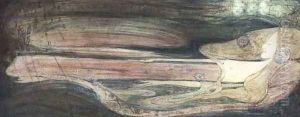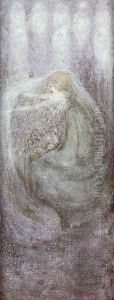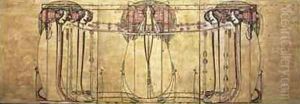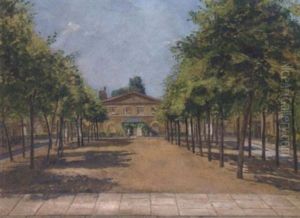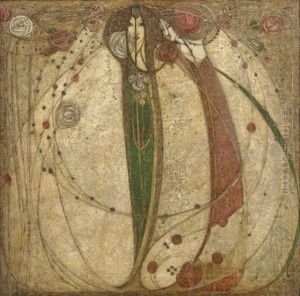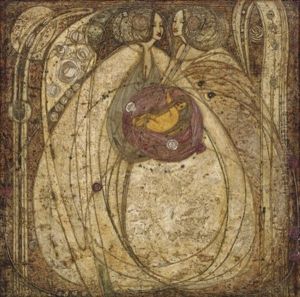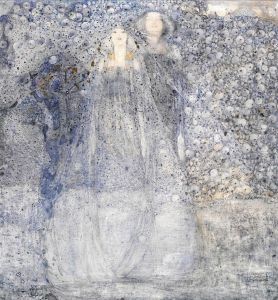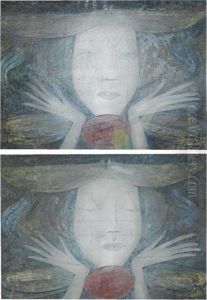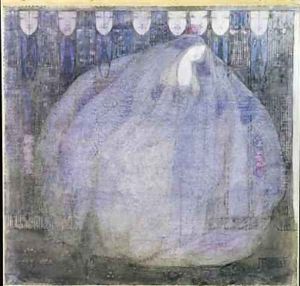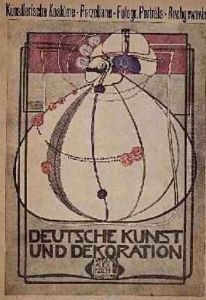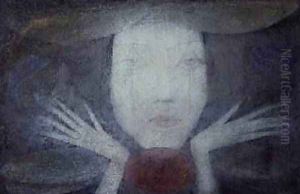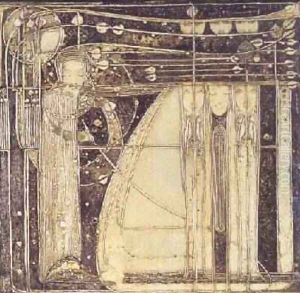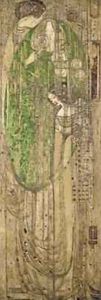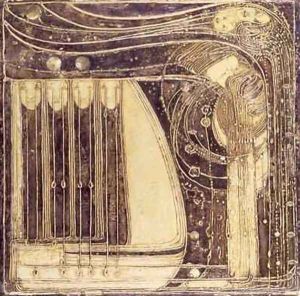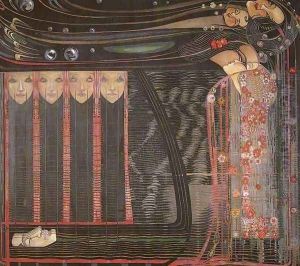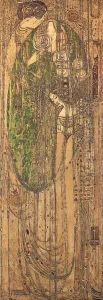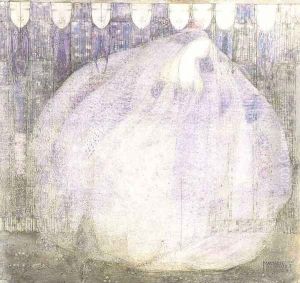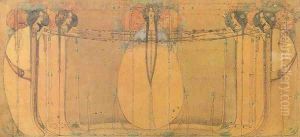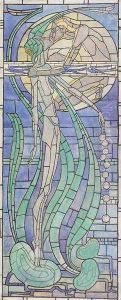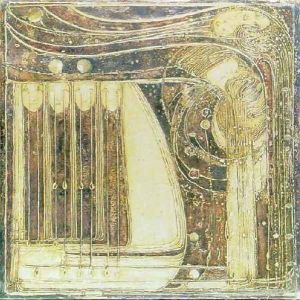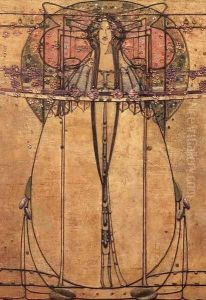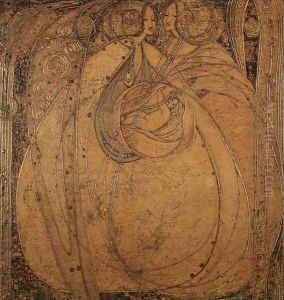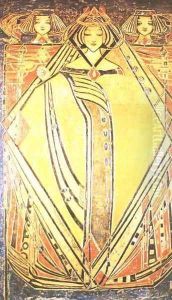Margaret Macdonald Paintings
Margaret Macdonald Mackintosh (born Margaret Macdonald) was a prominent Scottish artist whose innovative designs and contributions played a significant role in defining the Glasgow Style during the late 19th and early 20th centuries. Born on November 5, 1864, in Tipton, England, Margaret moved with her family to Glasgow, Scotland, where she would eventually attend the Glasgow School of Art. It was here that she developed her distinctive style, characterized by a blend of symbolism, mysticism, and Celtic imagery.
Margaret was part of a collaborative group of artists known as 'The Four' alongside her sister Frances MacDonald, her future husband Charles Rennie Mackintosh, and James Herbert McNair. Together, they produced a range of work from graphics and textiles to furniture and architectural projects, significantly influencing the Art Nouveau movement in Britain and abroad. Margaret's contributions were not limited to collaborations; her solo works, particularly in gesso, metalwork, and textiles, showcased her unique talent for combining figurative and abstract elements.
In 1900, Margaret married Charles Rennie Mackintosh, and their partnership proved to be a fruitful collaboration that melded architecture, furniture design, and interior decoration into a cohesive and distinctive style. Their most notable joint project was the design for the Glasgow School of Art, a masterpiece that combined functionalism with aesthetic innovation. Margaret's influence on Mackintosh's work is well documented, with her artistic vision playing a crucial role in the development of his architectural and design projects.
Despite her significant contributions to the arts, Margaret Macdonald Mackintosh's work was somewhat overshadowed by her husband's fame during their lifetimes. However, in recent years, there has been a growing appreciation for her role in the development of modern design and her influence on the Art Nouveau movement. Her innovative use of materials, her exploration of symbolic themes, and her integration of art into everyday life remain influential.
Margaret Macdonald Mackintosh passed away on January 7, 1933, leaving behind a legacy that continues to inspire artists and designers. Her work is celebrated in various collections and exhibitions, highlighting her contributions to the Glasgow Style and her role as a pioneer of modernist design.
